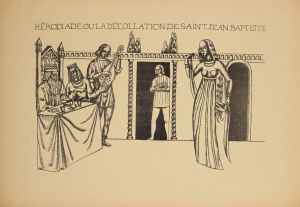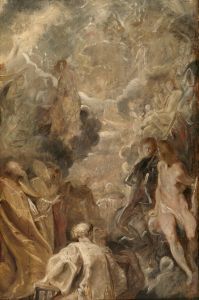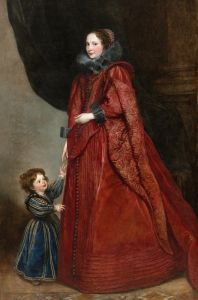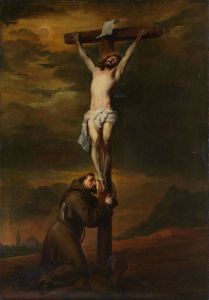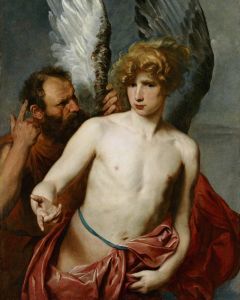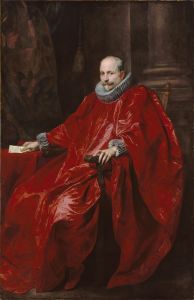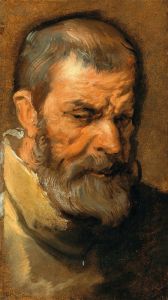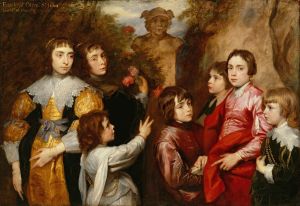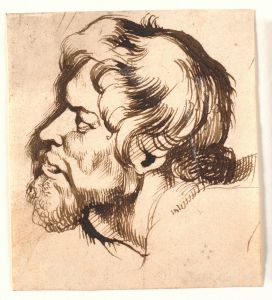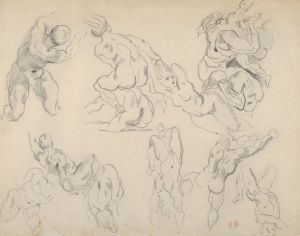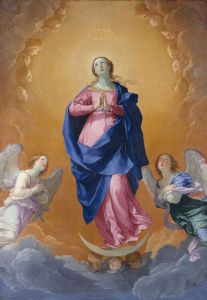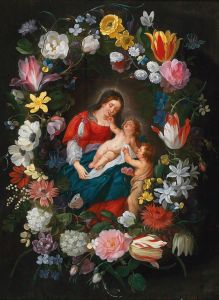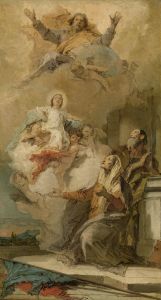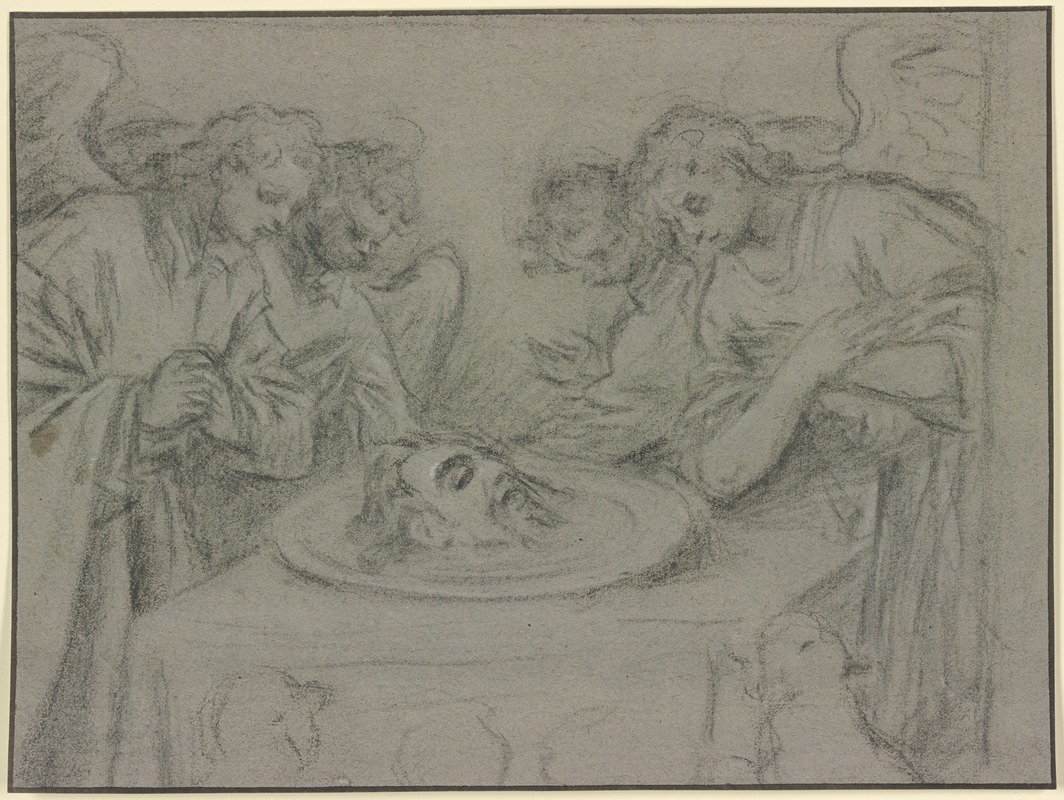
Vier Engel um das abgeschlagene Haupt Johannes’ des Täufers versammelt
A hand-painted replica of Anthony van Dyck’s masterpiece Vier Engel um das abgeschlagene Haupt Johannes’ des Täufers versammelt, meticulously crafted by professional artists to capture the true essence of the original. Each piece is created with museum-quality canvas and rare mineral pigments, carefully painted by experienced artists with delicate brushstrokes and rich, layered colors to perfectly recreate the texture of the original artwork. Unlike machine-printed reproductions, this hand-painted version brings the painting to life, infused with the artist’s emotions and skill in every stroke. Whether for personal collection or home decoration, it instantly elevates the artistic atmosphere of any space.
Anthony van Dyck, a prominent Flemish Baroque artist, is renowned for his portraits and religious works. One of his notable religious paintings is "Vier Engel um das abgeschlagene Haupt Johannes’ des Täufers versammelt," which translates to "Four Angels Gathered Around the Severed Head of John the Baptist." This painting reflects van Dyck's mastery in depicting dramatic biblical scenes with emotional intensity and intricate detail.
The painting illustrates a poignant moment from the New Testament, where the severed head of John the Baptist is presented. John the Baptist, a significant prophetic figure in Christianity, was known for baptizing Jesus Christ and preaching about repentance and the coming of the Messiah. His execution was ordered by Herod Antipas, influenced by Herodias, and her daughter Salome, as recounted in the Gospels of Matthew and Mark.
In van Dyck's depiction, the focus is on the aftermath of John's beheading. The composition centers around the severed head, which is surrounded by four angels. These angels are portrayed with expressions of sorrow and reverence, highlighting the sanctity and tragedy of the event. Van Dyck's use of light and shadow enhances the emotional gravity of the scene, drawing the viewer's attention to the central subject while also emphasizing the divine presence of the angels.
Van Dyck's style is characterized by his ability to convey emotion through facial expressions and body language. In this painting, the angels' gestures and the delicate rendering of their features contribute to the overall somber and reflective mood. The use of rich colors and dynamic composition is typical of van Dyck's work, showcasing his influence from his mentor, Peter Paul Rubens, and his own unique approach to religious themes.
The painting is an example of van Dyck's skill in combining religious iconography with Baroque aesthetics, creating a work that is both spiritually profound and artistically accomplished. His attention to detail and ability to capture the human condition through divine subjects have made his works enduringly popular and influential in the history of art.
While specific details about the commission or the exact date of creation for this painting are not well-documented, it is consistent with van Dyck's broader body of work during his mature period. His religious paintings often explored themes of martyrdom, sacrifice, and divine intervention, reflecting the spiritual and cultural milieu of 17th-century Europe.
Today, Anthony van Dyck's paintings, including "Vier Engel um das abgeschlagene Haupt Johannes’ des Täufers versammelt," continue to be studied and admired for their technical brilliance and emotional depth. They offer insight into the religious and artistic sensibilities of the Baroque period, as well as van Dyck's personal interpretation of biblical narratives.






